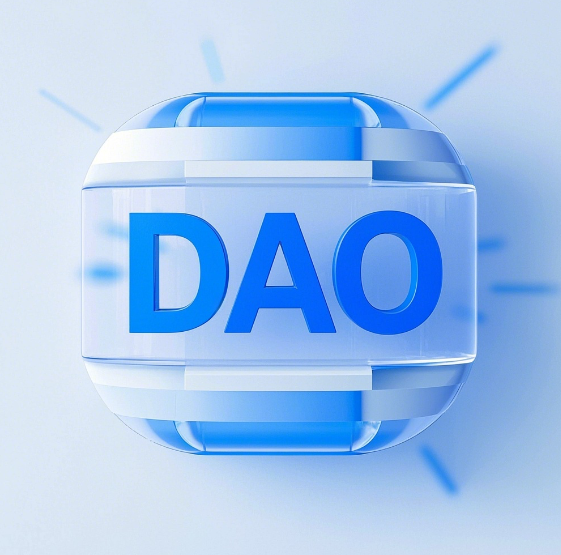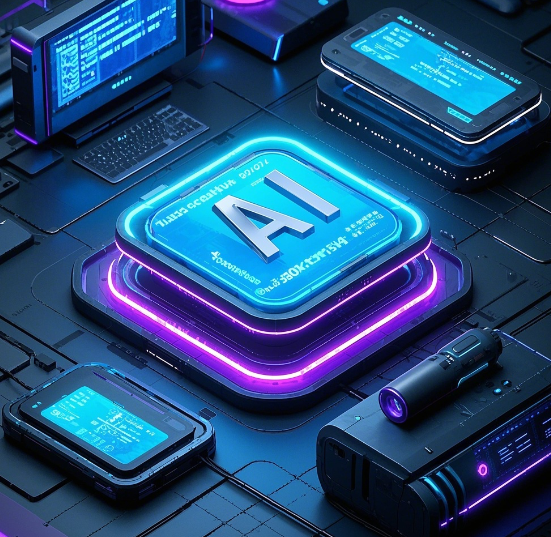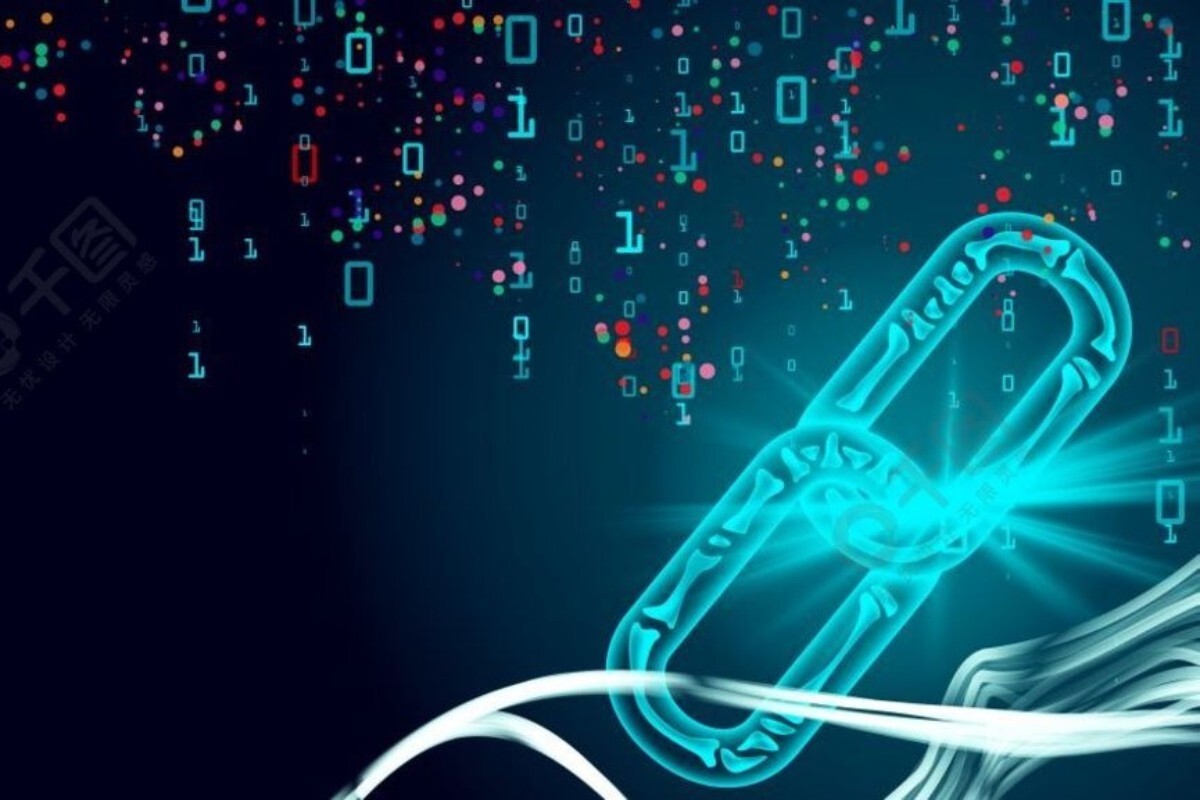In today’s digital world, Web3 is gradually emerging, changing our perspectives on the internet and finance. It not only represents decentralization but is also built on blockchain technology, enabling freer circulation of information and value. The combination of AI (Artificial Intelligence) and DAO (Decentralized Autonomous Organization) acts like a technological one-two punch, driving the development of Web3 trading markets and allowing us to enjoy liquidity dividends.

First, let’s examine the roles of AI and DAO individually and how they support each other. AI uses data analysis and machine learning to enable systems to learn and optimize decisions. DAO, on the other hand, leverages smart contracts for decentralized governance, allowing community members to participate in governance and decision-making democratically.
Their combination brings about an efficient and transparent governance model. AI algorithms can quickly analyze vast amounts of data, understanding user needs and market dynamics, which not only increases the speed of decision-making but also reduces human error. For instance, when analyzing liquidity, AI can timely identify periods of insufficient liquidity in the market and take proactive measures to maintain market health.
How to Utilize AI and DAO to Harvest Liquidity Dividends
Next, we need to understand what liquidity dividends are. In simple terms, liquidity dividends refer to additional economic benefits generated by liquidity providers (typically users and investors) in trading markets. In the Web3 space, through decentralized assets and liquidity pools, the potential for liquidity dividends is substantial.
1. Designing Incentive Mechanisms
DAOs can design flexible incentive mechanisms that utilize AI to monitor the market in real-time and adjust liquidity rewards accordingly. In liquidity pools, AI can analyze which assets are popular and which trading pairs have low liquidity, thereby optimizing the reward schemes for liquidity providers.
For example, in decentralized exchanges like Uniswap, liquidity providers earn transaction fees by supplying tokens to trading pairs. DAO, combined with the capabilities of AI, can adjust the reward mechanisms over time to attract more funds. As liquidity increases, it not only enhances trading efficiency but also reduces slippage and improves user experience.

2. Risk Management and Forecasting
In trading markets, liquidity is not always secure. Market volatility and potential risks can lead to liquidity drying up. Here, AI’s predictive models become crucial. By analyzing historical data and market sentiment, AI can help DAOs identify liquidity risks in advance.
When AI detects trends of capital outflow, DAOs can react quickly by adjusting liquidity strategies or even launching short-term liquidity support measures. This efficient management helps maintain market stability.
3. Decentralized Decision-Making and Consensus
DAO governance allows users to participate and influence the allocation of liquidity resources. In the process of harvesting liquidity dividends, DAOs can combine participants' opinions to make better decisions.
For instance, DAOs can use voting mechanisms to determine which assets or projects to support with liquidity. This decentralized approach to decision-making ensures a balance of interests among all parties, avoiding the influence of a single interest group, and enhances overall trust in the market.
Case Study: AAVE’s Successful Practice
In the Web3 ecosystem, AAVE serves as a successful example of utilizing AI and DAO. As a decentralized lending platform, AAVE not only supports user-to-user lending but also offers interest income through liquidity pools.
AAVE operates efficiently through smart contracts, and its governance token (AAVE) allows community members to participate in proposals and voting to determine the project's direction. In managing liquidity, AAVE uses AI to analyze user borrowing behavior and protocol usage rates, promptly adjusting interest rates and incentive policies to attract more liquidity provision.
These measures enable AAVE to maintain healthy liquidity in the fast-evolving decentralized finance (DeFi) market, generating liquidity dividends for its users.
As Web3 continues to evolve, the combination of AI and DAO will open up more possibilities for liquidity dividends. We can expect smarter market governance solutions that yield higher economic returns from liquidity management.

Additionally, with increasing user focus on privacy and security, DAOs need to enhance transparency and protective mechanisms in liquidity management. Leveraging AI's analytical capabilities, DAOs can ensure the safety of user assets while maintaining transparency.
In the wave of Web3 development, the combination of AI and DAO is driving liquidity dividends in trading markets. Through technological empowerment, we can not only enhance market liquidity but also help users participate in the benefits of liquidity.
For investors and enthusiasts, understanding these mechanisms and engaging in them will position them advantageously in the future digital economy. Thus, the future of Web3 trading markets will be ever more prosperous, with the fusion of AI and DAO serving as a vital driving force. In this new era, the combination of intelligence and decentralized principles will undoubtedly write a new chapter in the exploration of liquidity dividends.
















No comments yet